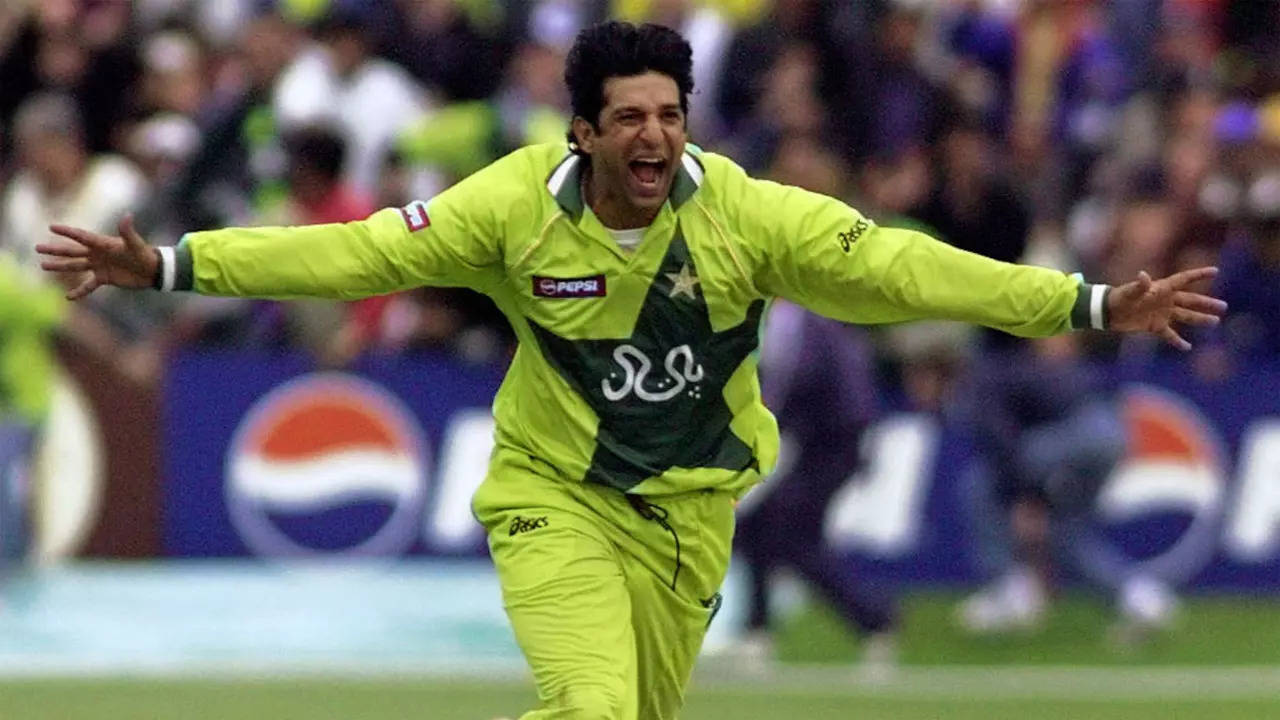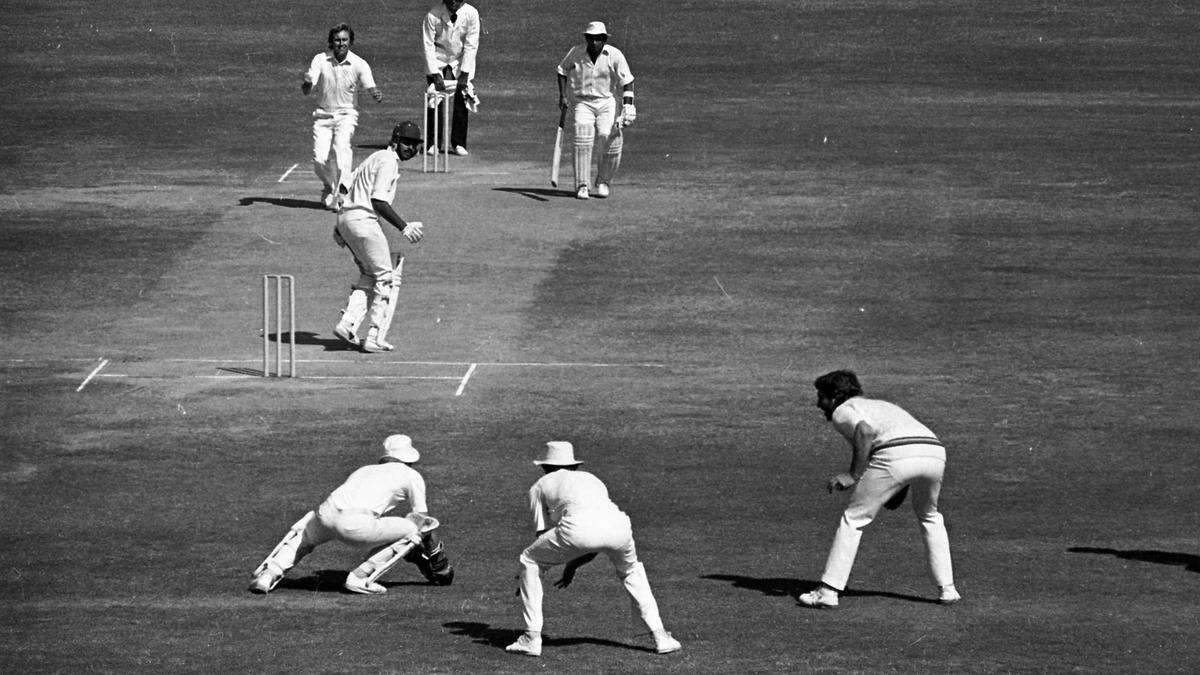James Anderson: The Greatest Swing Bowler of All Time
James Anderson: A Swinging Legacy That Will Be Sorely MissedFormer Australian captain Ian Chappell has hailed James Anderson as the greatest swing bowler in cricket history, expressing concerns that England will struggle to replace his unique skills. Anderson, who recently retired from Test cricket, finished his illustrious career with 704 wickets, making him the third-most successful bowler in the format.Chappell praised Anderson's exceptional ability to swing the ball both ways with minimal change in his action. This rare skill, he noted, made Anderson an extremely difficult opponent to face. "Anderson had that rare ability to swing the ball both ways with very little change to his action," Chappell wrote. "Where other good bowlers gave the batter a clue with their change of arm slot, Anderson was able to produce swing both ways minus the early warning signal."Chappell also highlighted Anderson's remarkable longevity, attributing it to his fitness, skill, and unwavering dedication to Test cricket. "Twenty-one years at the top is a tribute to his fitness, skill, and ability to learn," Chappell said. "There was also his desire to keep playing when big life changes, like having a wife and kids, could easily have surpassed the priority of Test cricket."Anderson's subtle skills became even more evident as he continued to bowl with the same smooth rhythm and precision, regardless of whether he was facing right- or left-handed batters. "He continued to do so no matter whether he was bowling to a right- or left-handed batter," Chappell observed. "That was another skill that set him apart from many swing bowlers - it made little difference what type of batter he was facing."Chappell concluded by praising Anderson's patience and determination, which he believes were crucial factors in his success. "Most people's patience would be severely tested if they regularly charged in to bowl only to beat the bat and receive no reward," Chappell said. "Despite the occasional outburst, Anderson retained his patience, which was partly responsible for his amazing success."
Read more






